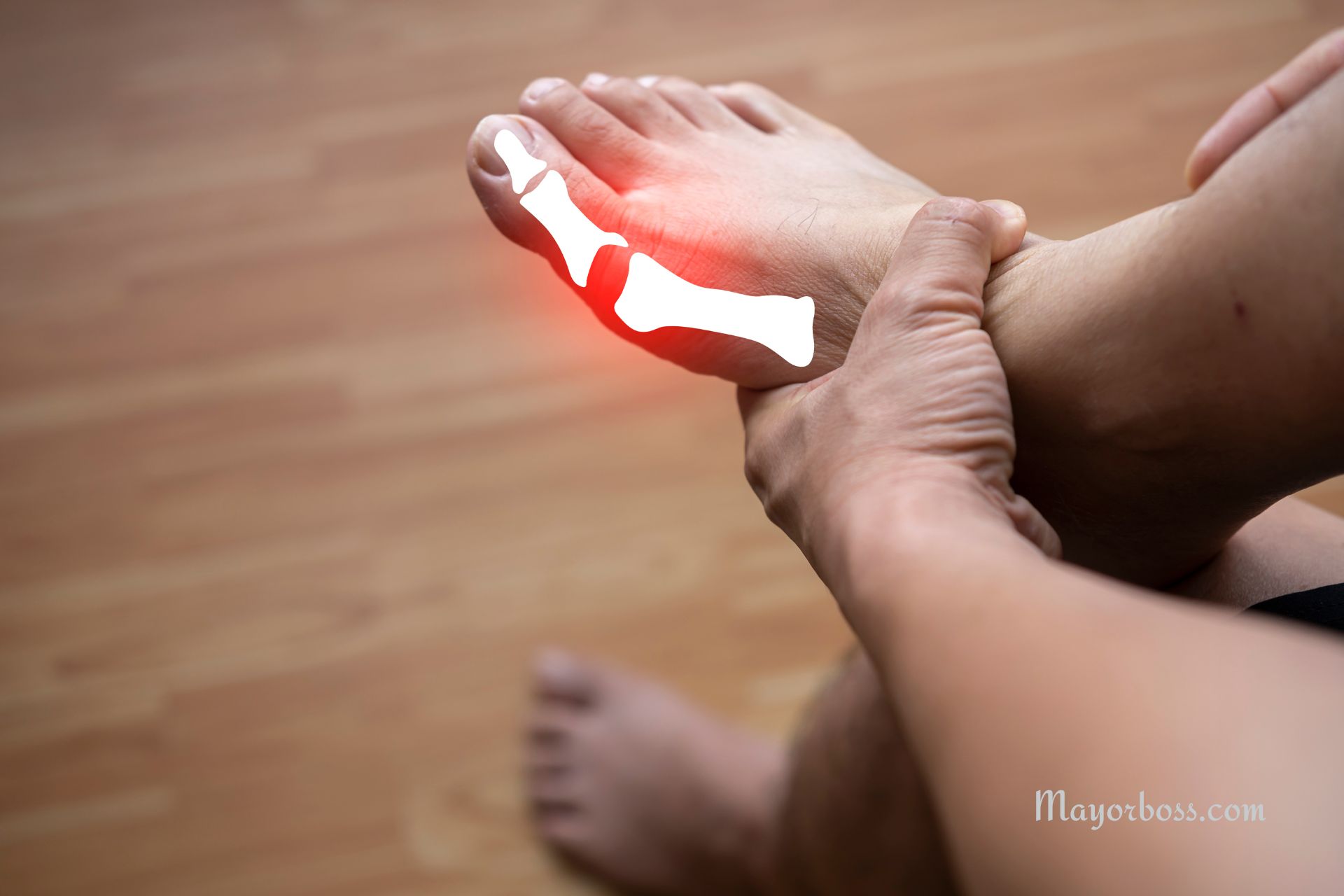10 Warning Signs Of High Uric Acid In Women
High uric acid can cause several health problems. Uric acid is a chemical waste product that forms when the body breaks down purines. When too much uric acid builds up, it may cause pain and other issues. This article explains ten warning signs that high uric acid may be affecting your health.

1. Joint Pain
Joint pain is one of the first signs of high uric acid. Many women feel pain in their toes, ankles, knees, or wrists. This pain can come on quickly and be very sharp. If you have pain that does not go away, it is important to see a doctor.
2. Swollen Joints
Swelling is another sign. High uric acid can form tiny crystals in the joints. These crystals cause swelling, redness, and pain. The swelling is often worse in the morning or after you have not moved for a while. If you notice swollen joints, talk to your doctor.
3. Kidney Stones
High uric acid can potentially lead to kidney stones. Kidney stones are hard deposits (made of minerals and salts) that form in the kidneys when uric acid crystallizes. They can cause strong pain in your back or side. You might also see blood in your urine or feel pain when you pee. If you have kidney stones more than once, high uric acid may be the cause.
4. Changes in Urine
Your urine may change color when uric acid levels are high. It might look cloudy or darker than usual. These changes can come with other symptoms, like a burning feeling when you pee or having to go to the bathroom more often. Paying attention to your urine can help you notice if something is not right with your kidneys.
5. Feeling Very Tired
Feeling very tired, even after a good night’s sleep, maybe a sign of high uric acid. When the body has too many uric acid crystals, it can cause low-level inflammation. This inflammation makes you feel weak and tired all the time. If you feel tired without a clear reason, it is a good idea to get checked.
6. Low-Grade Fever
A low-grade fever that does not go away might be linked to high uric acid. The body can react to uric acid crystals with a mild fever. If you have a fever along with other symptoms, such as joint pain or swelling, you should ask your doctor for advice.
7. Upset Stomach or Nausea
Some women may have an upset stomach or feel nauseous when their uric acid is high. This can happen when the body tries to remove extra uric acid. Although these signs are not as common, they should not be ignored if they continue.
8. Skin Changes
High uric acid can also cause changes in the skin. Some women notice a rash or small bumps near their joints. These skin changes can be a sign of inflammation in the body. If you see new rashes or spots on your skin, it is wise to consult a doctor.
9. Stiffness in the Joints
Stiff joints may be another warning sign. The buildup of uric acid crystals can make your joints feel tight and hard to move. This stiffness is often worse in the morning or after sitting for a long time. Over time, the stiffness can make daily activities more difficult. Early treatment may help keep your joints working well.
10. Gout Attacks
Gout is a painful condition that can happen when uric acid levels are high. Gout attacks can cause sudden, strong pain and swelling in one or more joints. In women, gout often appears after menopause. Before menopause, the hormone estrogen helps to keep uric acid levels lower. After menopause, the risk of gout increases. If you experience gout attacks, you should talk to your doctor about your uric acid levels.
If you notice any of these warning signs, you should see your doctor. A simple blood test can check your uric acid levels.
How to Manage High Uric Acid
Managing high uric acid often starts with changes to your diet and lifestyle. Try to eat fewer foods that are high in purines. Foods such as red meat, shellfish, and some fish can raise uric acid levels. Instead, eat more fruits, vegetables, and whole grains. Drinking plenty of water can help your body flush out excess uric acid. Avoiding sugary drinks may also help.
Regular exercise and maintaining a healthy weight can lower your risk of high uric acid. If lifestyle changes are not enough, your doctor may suggest medication. These medicines help lower uric acid levels and reduce the chance of gout and kidney stones.
Prevention
Prevention is the best way to manage high uric acid. Regular checkups and being aware of the warning signs can help you take action early. If you have a family history of gout or kidney stones, tell your doctor.
